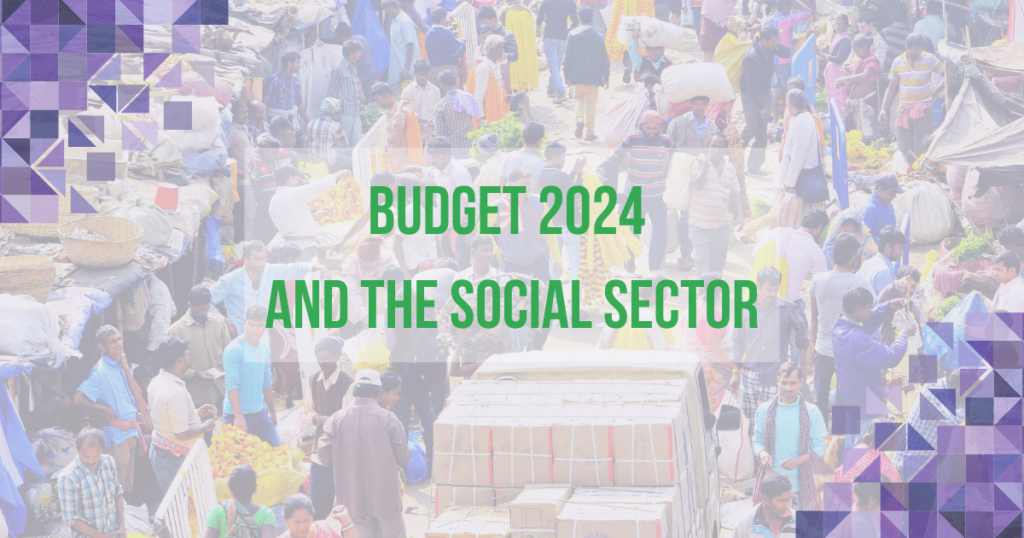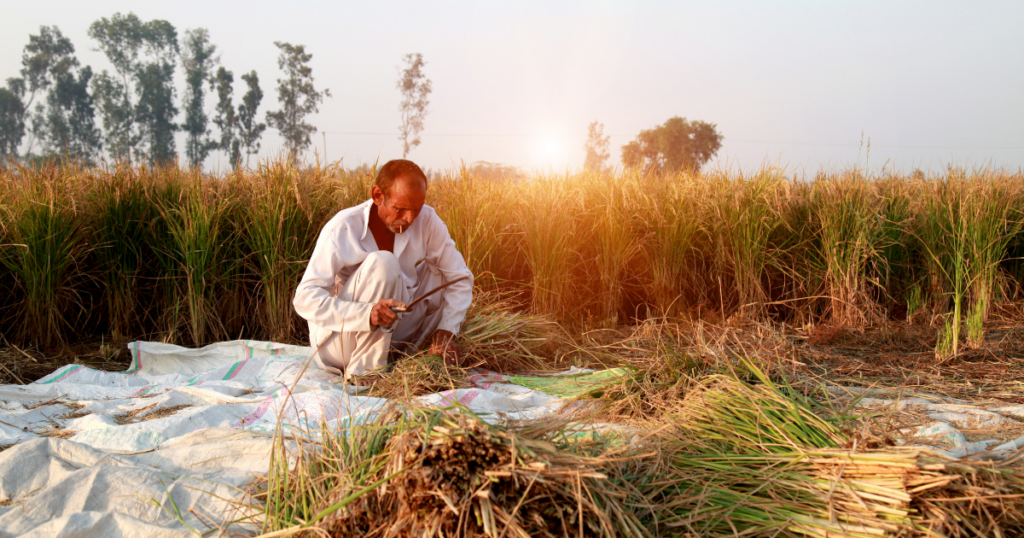The first six years of life are the fastest period of human growth and development, as 85% of the brain development occurs by the age of six. Research cites that investing in the early years of a child’s life, brings the highest socio-economic returns on investment. It helps to break the cycle of poverty, address inequality of opportunity, and boost productivity by ensuring academic and socio-emotional abilities.
In India, the Integrated Child Development Scheme (ICDS) was created in 1975 to provide early childhood education, care for expectant and nursing mothers, and for children up to six years of age. ICDS, through the Anganwadi institution provides six different services under the holistic paradigm of health, nutrition, care and education; executed by one Anganwadi worker and a helper. Although it has had its successes, this system is not adequate for Early Childhood Education (ECE), as its prime focus is on reducing malnutrition. The increasing educational expectations of parents from this institution are being met by private preschools which are not governed by any regulatory mechanisms. Hence, 68% of children in India are struggling to get age-appropriate pedagogy and curriculum exposure.
Since 1968, national policies in education have been emphasising on early childhood education. However, it is NEP 2020 that looks as ECE as part of continuum of Foundational Learning and Numeracy and compels the primary schools to provide pre-primary education by 2030. There has been a huge gap between policies and practices in India due to the lack of clarity on goals and outcomes of ECE. The Nipun Bharat mission with its clearly defined goals is helping bridge the achievement gaps.
Several systemic challenges impact ECE outcomes in India:
- Policy level challenges: Inter-ministerial coordination is a necessity and a challenge for achieving ECE outcomes. ECE still does not come under the ambit of the Right to Education The budget allocation is a meagre 2.9% of the GDP, whereas the recommended budget allocation by NEP is 6% of the GDP.
- Funding: Anganwadi centres have been receiving less funding than their requirement. ECE is not a priority funding area for the CSR too, with only 3-4% of the top 77 funders in education investing in ECE.
- Governance: Enrollment as the only parameter for measuring quality of ECE, makes it challenging to make informed decisions. A quality assurance mechanism that covers both public and private provisions of ECE needs to be developed and implemented. No role of the community, panchayats and parents in the monitoring of ECE also acts as a bottleneck in improving governance.
- Assessments: Capability challenges of Anganwadi workers (AWW) hinder the portfolio creation of students after assessing them on the basis of observation, checklists and interviews. A standardised assessment framework to measure school-readiness does not exist.
- Classroom processes: Overburdening of AWW with low salary and lack of in-service capacity building opportunities lead to deprioritising of ECE in Anganwadi centres. Poor infrastructure and non-availability of academic resources also hamper the teaching-learning process.
- Outside Classroom factors: Parents demand the formal practising of 3Rs in preschool, with a thrust on rote learning, due to their lack of awareness of developmentally appropriate curriculum. Parents’ perception of Anganwadis as nutrition centres, and their inability to participate in the child’s learning leads to low school-readiness amongst students entering Grade 1.
There exist replicable solutions exhibited by organisations that have undertaken early years interventions to improve ECE outcomes. These range from catalysing best practices for improved classroom activities, to governance mechanisms to improve the quality of ECE in India.
Author: Dr. Shweta Gaur




